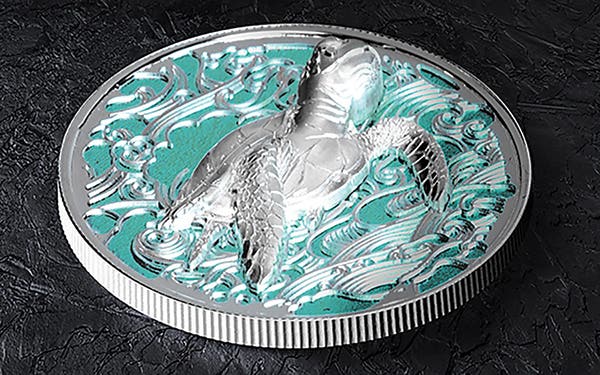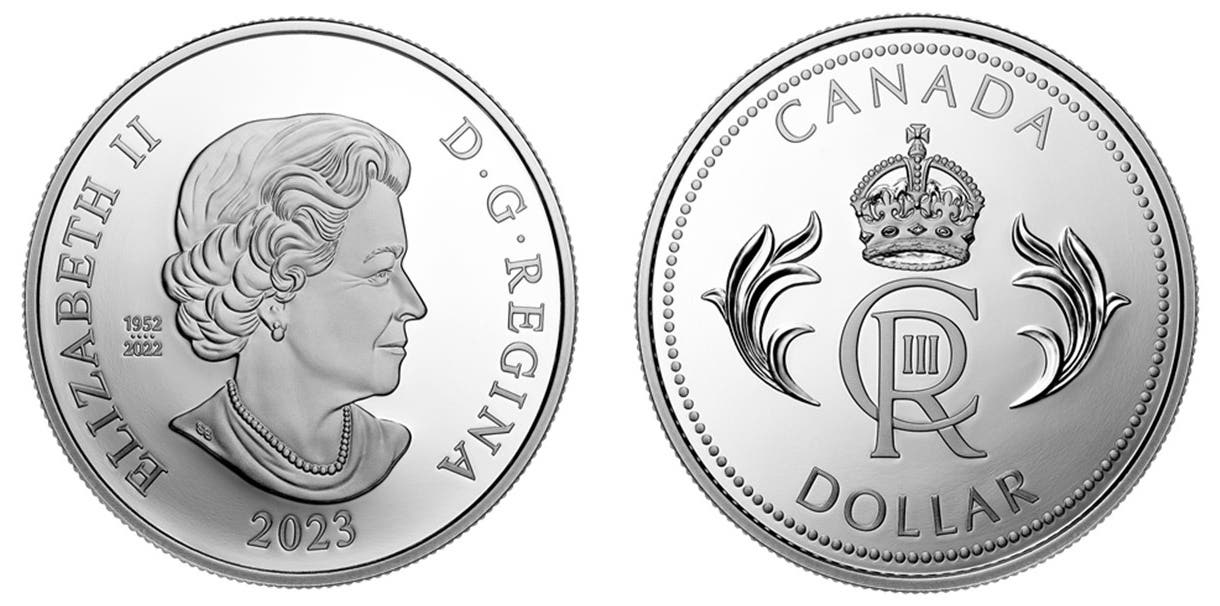Davissons E-Auction 41 Featuring Scottish Coinage Closing Tomorrow
Davissons E-Auction 41 closes tomorrow, Wednesday, Sept.29, so act now to participate and build your collection in areas such as: Scottish coinage, British Tokens, Greek and Roman issues and more….
Davissons E-Auction 41 closes tomorrow, Wednesday, Sept.29, so act now to participate and build your collection in areas such as: Scottish coinage, British Tokens, Greek and Roman issues and more. You can bid through the Davissons website at www.davcoin.com or via email at info@davcoin.com.
The segment of Davissons E-Auction 41 that we’ll focus on here is a wide scholarly collection of Scottish coinage. In his introduction to this portion of the auction Allan Davisson, wrote that the British “are the only peoples that have an almost continuous coinage extending well over two millennia.” It’s a simple thing to say, but a mind-blowing thought to consider.
British coinage, tokens and medals being Davissons specialty, I always pay close attention to his comments. Considering the collection of Scottish coins in this sale, Davisson went on to say that, “The Scots were a bit late on the British scene. Their coinage did not get started until the 12th century, but their tumultuous history and their sense of independence marked their coinage.”
I think that those two points are the stone and flint that sparks the interest so many collectors have with Scottish coinage. It seems extremely personal and historically representative in design, while the compact time period and number of issues give one the sense that completing a collection might be possible.
In reality however, the heavy use and limited survival rates give even ambitious collectors serious challenges. This is the reason that we perk up when extensive collections of Scottish coinage in any vein, whether single ruler or a specific metal, appear on the market.
The following is an enjoyable and informative short history of the development of Scottish coinage written by Allan Davisson. We’ve reproduced it with permission from Davissons E-Auction 41 emailing introducing the first of four parts of this scholarly and comprehensive Scottish collection, which highlights the British section of this sale and will continue to be presented over the next few Davissons auctions.
Please enjoy this brief, yet highly informative history of Scottish coinage written by Allan Davisson:
“The details of Scottish history are often evident in the coins of Scotland in ways that are not always so apparent in coins of many other countries. It is not just a question of the designs and the legends—naming the monarch and indicating the country by a coat of arms is not unusual. But the more you study Scottish coinage—particularly the hammered pieces—the more you see the Scottish spirit in the design and striking of the coins.”
“Scottish coinage begins showing a strong English influence. But the English at the time of the first Scottish coins were embroiled in a civil war, and the coinage was rough and irregular (phrases that pretty well describe Scotland at the time). By 1249 when the reign of Alexander III began, English coinage had gone through the refined short cross coinage that began under Henry II and was into the equally refined voided long cross issues of Henry III. It wasn’t until Alexander’s Second Coinage beginning around 1280 that the term “refined” could be aptly applied to the Scottish coinage.”
“The parallels in design continued to be similar for Scottish silver coinage until the reign of James III and the groat issues (1471, 1484) that show a strong French influence with their realistic portraits. The circumstances leading to young Mary’s betrothal and marriage to the young Francis who became Francis II was poignantly represented in the twelve penny groat with its Latin legend that translates “They are no more twain but one flesh,” a verse from Matthew from the King James Bible. It was a love match but it was also an important political statement.”
“From this time on, Scottish coin design pretty much goes its own way. Mary’s life is well chronicled in coins that reflect Continental tastes as well as her challenging life. Her son’s reign went through eight different coinages before his ascending the English throne. From then on, Scottish and English coinage are variations on a similar theme.”
Knowing a little more about Scottish coinage now, I encourage you to check this sale out at www.davcoin.com before it closes tomorrow. Davissons E-Auction 41 presents an excellent opportunity to get started or continue building your Scottish type collection and the upcoming Davissons sales will continue to enhance your progress.
Look for more of this outstanding Scottish collection to be offered in the next two Davissons Ltd. E-Auctions, and still more in their major annual auction early in 2022.
These coins present collectors with the perfect complimentary pieces to the many choice Scottish gold coins that have come on the market during 2021, most of which are likely to have exceeded the average collectors budget. The Scottish silver coinage in this collection provides a much more attainable entry point for many folks who are working within a budget.
Don’t miss this opportunity, as many of the types you’ll see in this collection are scarce and may not be encountered very often. Aside from a handful of types most Scottish coinage is rather elusive, so don’t hesitate to bid and buy when a carefully built collection like this one comes up for sale.








